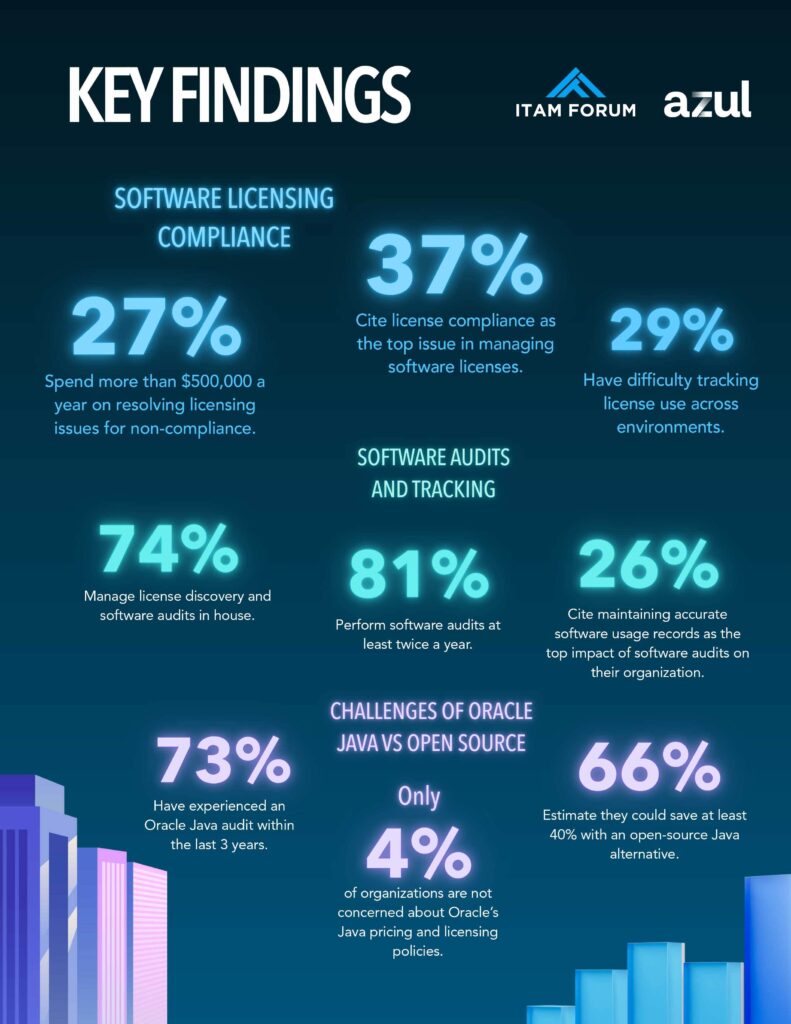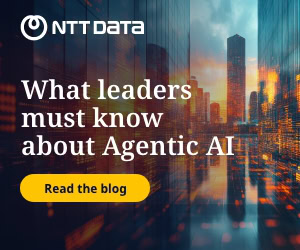A joint global survey by Azul and the ITAM Forum, conducted among 500 IT Asset Management (ITAM) and software asset management (SAM) professionals, has revealed that 27% of enterprises now spend more than $500,000 each year to resolve software license non-compliance.
The report also found that compliance is the top issue faced by a significant 37% of organisations, while 25% report that complex software configurations make tracking application usage more difficult.

Handling audits
While most (74%) respondents manage license discovery and software audits primarily or entirely in-house, they face significant challenges. These include maintaining accurate software usage records (26%), understanding complex licensing terms and conditions (23%), and providing precise licensing compliance metrics (23%).
Furthermore, the survey found that 81% of organisations perform licensing audits at least twice a year. The consequences of these audits can be severe, with approximately a quarter of companies reporting frequent financial penalties and legal actions against them. Over 30% report unanticipated results, including disruptions to operations, budget impacts, decisions to change vendors, and stalled projects.
Mass Migration
The survey reveals that 96% expressed concern about Oracle Java’s pricing and licensing policies. Moreover, 79% of organisations have already migrated from Oracle Java, are actively doing so, or are planning to migrate to open-source alternatives.
Security and reliability (51%), cost reduction (42%) and simpler compliance (40%) were some factors for those considering migration.

“When it comes to the uncertainty of Oracle’s ever-shifting Java licensing terms, organisations shouldn’t have to burn ITAM resources, interrupt projects, or absorb surprise penalties just to run their applications,” said Scott Sellers, co-founder and CEO at Azul, saying that moving to open-source alternatives can address such problems.

Martin Thompson, founder of the ITAM Forum, said that ITAM and SAM professionals “must have the resources and executive buy-in to ensure compliance and successful license management.”





